History
The Montecuccolino Center was founded in the early 1960s from the collaboration between the School of Specialization in Nuclear Engineering of the University of Bologna, CNEN and Agip Nucleare, a company of the ENI Group.
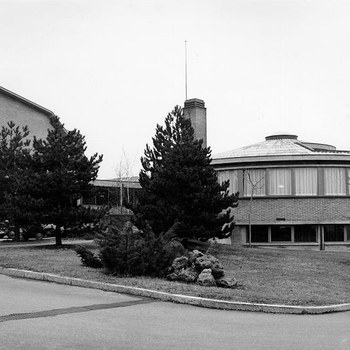
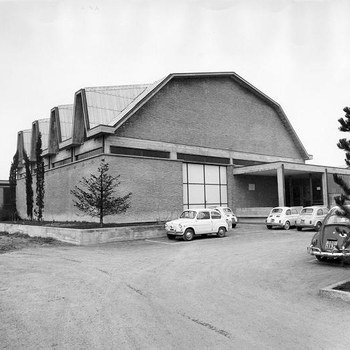
From the beginning, and in accordance with the aims that inspired its creation, the Center had a strong orientation towards the field of experimental physics of nuclear reactors. Three nuclear research reactors have been operational in the Center for twenty years each.
The first of these, called RB1 (Reactor Bologna Uno) came into operation in the early months of 1962. After a couple of years of characterization and experimentation, following the CNEN-EURATOM Convention of 1965 lasting three years, the neutron experiments linked to the CIRENE prototype project were conducted in the Montecuccolino reactor, using the TOPLESS subcritical structure of the Politecnico di Milano as support equipment. The measurements performed on RB1 concerned the infinite multiplication factor, spectral indices, fine flow structures, initial conversion factor and fast fission factor.


Following the results achieved, CNEN and ENEL, in July 1967, stipulated an agreement for the design, construction and operation of a 130 MWt prototype CIRENE reactor at the Latina nuclear power plant. To enhance the experimental equipment in support of the CIRENE program, and to allow the fuel elements and key components of the plant to be simulated in full-scale and actual operating conditions, CNEN, in 1967, purchased the reactor from the CEA Aquilone 11, hereinafter referred to as RB3 (Bologna Tre Reactor). The construction of the reactor began in September 1969 and was completed in the summer of 1970, while the first critical experiment was carried out on 9/8/1971.
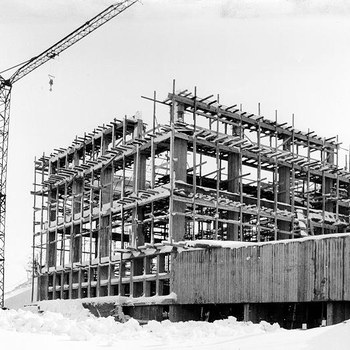
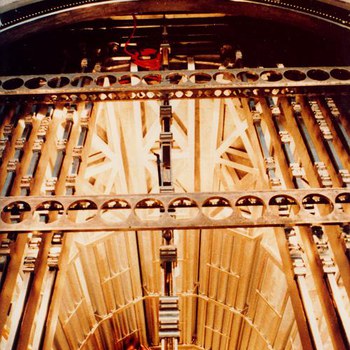
Visit of the President of the Republic Giovanni Leone to the Montecuccolino Center (1973)


As for the RB2 reactor (Bologna Due Reactor) which came into operation in 1964, it was operated directly by Agip Nucleare until the end of the 1960s, and jointly from 1972 to 1981 as part of the joint research program ENEA- Agip Nucleare-EURATOM.
The first two reactors, RB1 and RB2, concluded their experimentation and research activity in the early 1980s and were eventually dismantled in 1985, returning the relevant buildings to other uses. The last of the three plants, the RB3 reactor, also concluded its activity in December 1989, following the decision, resulting from the results of the referendum on the country's nuclear commitment, to abandon the construction of the prototype CIRENE power reactor.
It should in fact be remembered that the research activity conducted with RB3 was specifically aimed at supporting this realization and concerned both the verification by comparison with the experimental results of the calculation programs used for the design of the prototype, and the instrumentation test and of equipment in situations simulating the functioning of the prototype. Currently the RB3 reactor, after the removal of fuel and heavy water, is in an advanced preliminary stage of decommissioning.
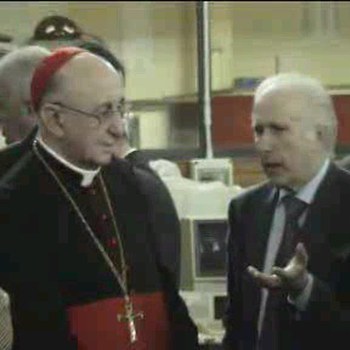
Although the Montecuccolino Center has in fact seen the extinction of the activity for which it had arisen and in which it had been individually engaged with three research reactors in operation at the same time, the opportunity was taken by ENEA and the University to continue the fruitful collaboration between the Bodies, strengthening research lines already started and establishing new ones, with the signing of a new Convention at the beginning of 1994, which indicates the research topics on:
- study of the effect of solar activity on climate through very high precision measurements of the radiocarbon content in backdated samples;
- non-destructive tests with X and gamma rays for the development of techniques and methodologies for tomographic systems to be used in the industrial field and for X-ray spectroscopy;
- research activities with neutron sources and biological shielding, already existing or easily acquired at Montecuccolino, and for non-destructive tests, on materials that cannot be investigated with X-rays;
- structural analysis of mechanical systems and related databases: experimental research on the reliability of piping systems on seismic isolators, the development of interface structures between containment systems in extreme accident conditions;
- natural radioactivity measurements of building materials, in particular for the production of ceramic tiles;
- monitoring of environmental radioactivity.